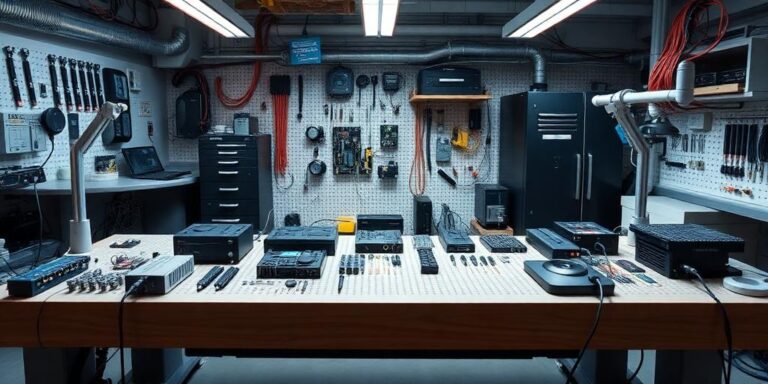In 2027, the push for modular design in electronics and appliances isn’t just a trend; it’s a necessity. This approach, emphasizing standardized, easily replaceable components, promises to revolutionize how we interact with technology. Let’s explore the key benefits.
Simplified Upgrades: Imagine upgrading your smartphone’s camera without replacing the entire device. Modular design makes this a reality. Instead of buying a new product every few years, consumers can simply swap out outdated components for newer, more powerful versions. This not only extends the lifespan of devices but also reduces electronic waste.
Cost Savings: The ability to upgrade specific parts translates to significant cost savings over time. Why replace an entire laptop when only the RAM or storage needs an upgrade? Modular design allows for targeted investments, ensuring consumers only pay for what they need.
Easier Repairs: When a component fails, modular design simplifies the repair process. Standardized parts and accessible designs mean repairs can be carried out quickly and efficiently, often by the user themselves. This reduces reliance on expensive repair services and minimizes downtime.
Reduced Electronic Waste: By extending the lifespan of devices and promoting repairability, modular design plays a crucial role in reducing electronic waste. This is particularly important in a world where e-waste is a growing environmental concern. Modular products encourage a more sustainable approach to consumption.
Innovation and Customization: Modular design fosters innovation by allowing manufacturers to focus on developing specialized components. This leads to a greater variety of options and increased opportunities for customization. Consumers can tailor their devices to meet their specific needs and preferences.
Challenges and Considerations: While the benefits of modular design are clear, there are challenges to consider. Standardization across the industry is essential for ensuring compatibility and widespread adoption. Additionally, manufacturers need to prioritize durability and quality to prevent premature component failure.
Conclusion: Modular design represents a significant step forward in the evolution of technology. By promoting upgradability, repairability, and sustainability, it offers a more consumer-friendly and environmentally responsible approach to product development. As we move closer to 2027, expect to see modular design become increasingly prevalent across a wide range of industries.




